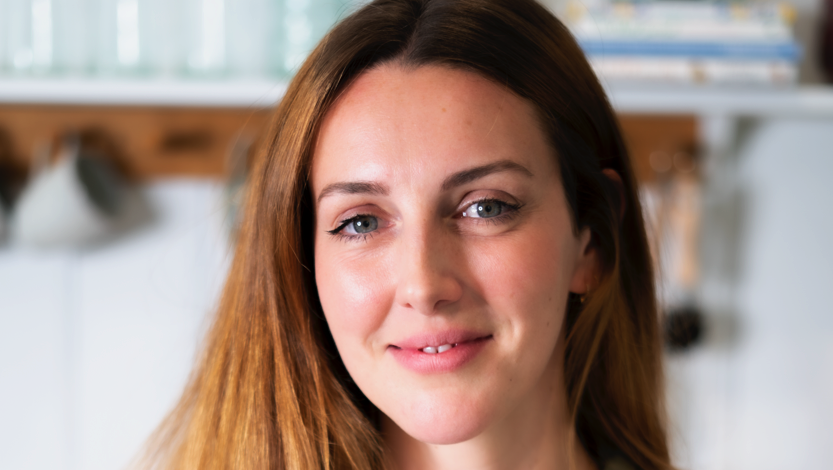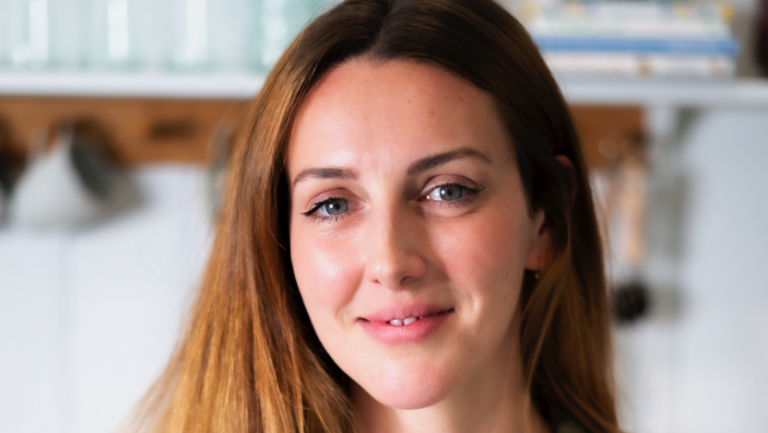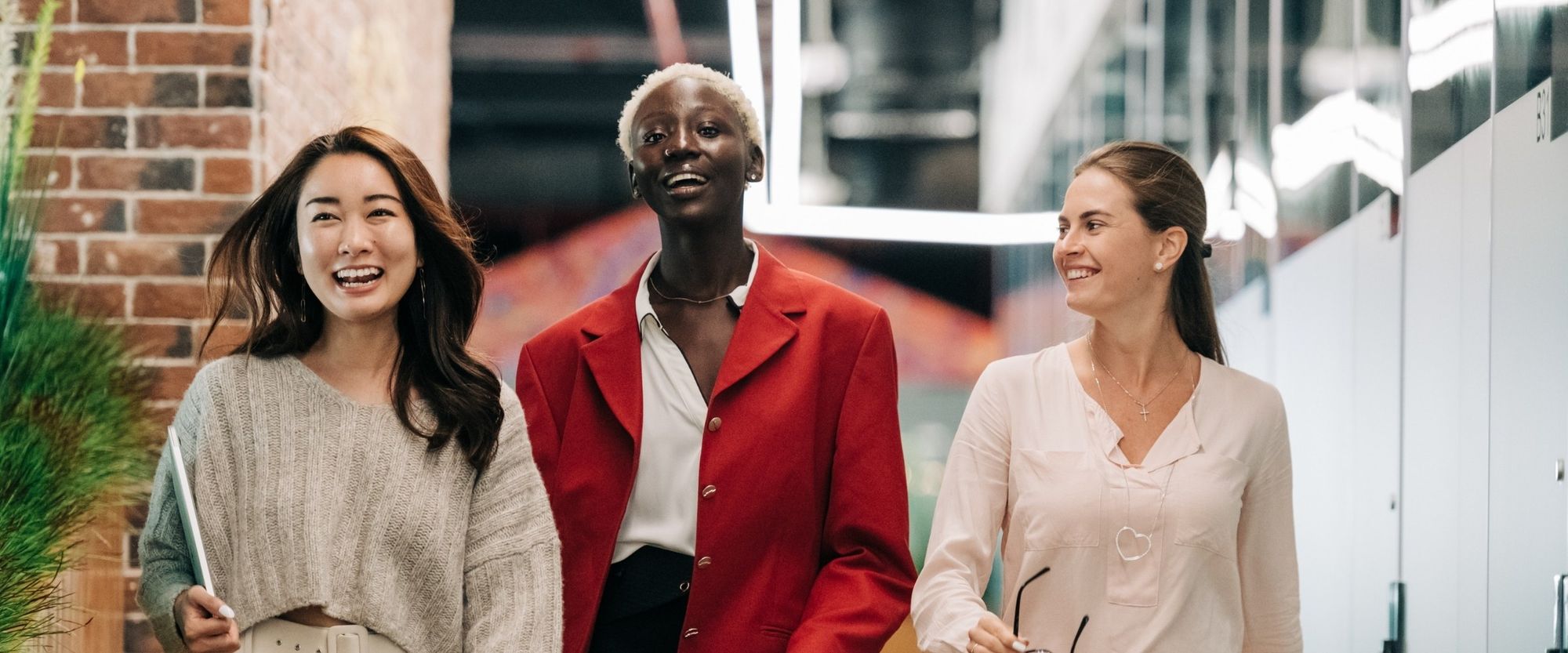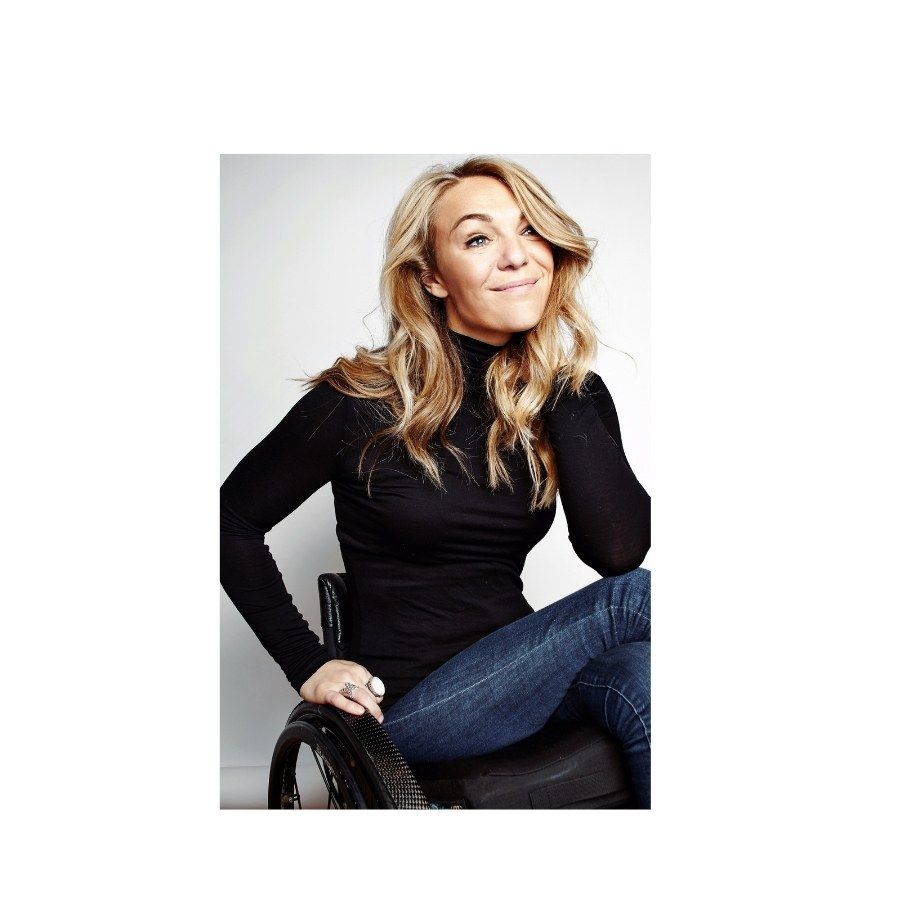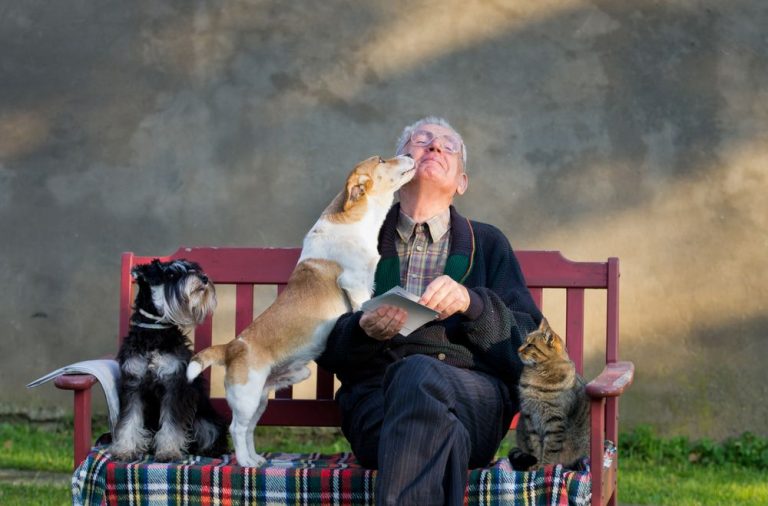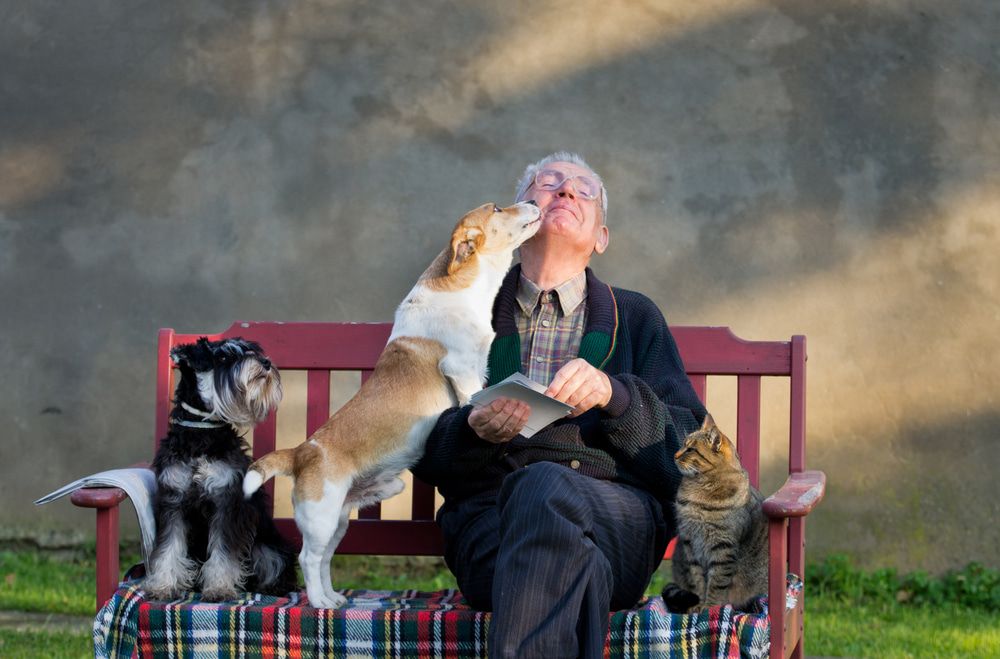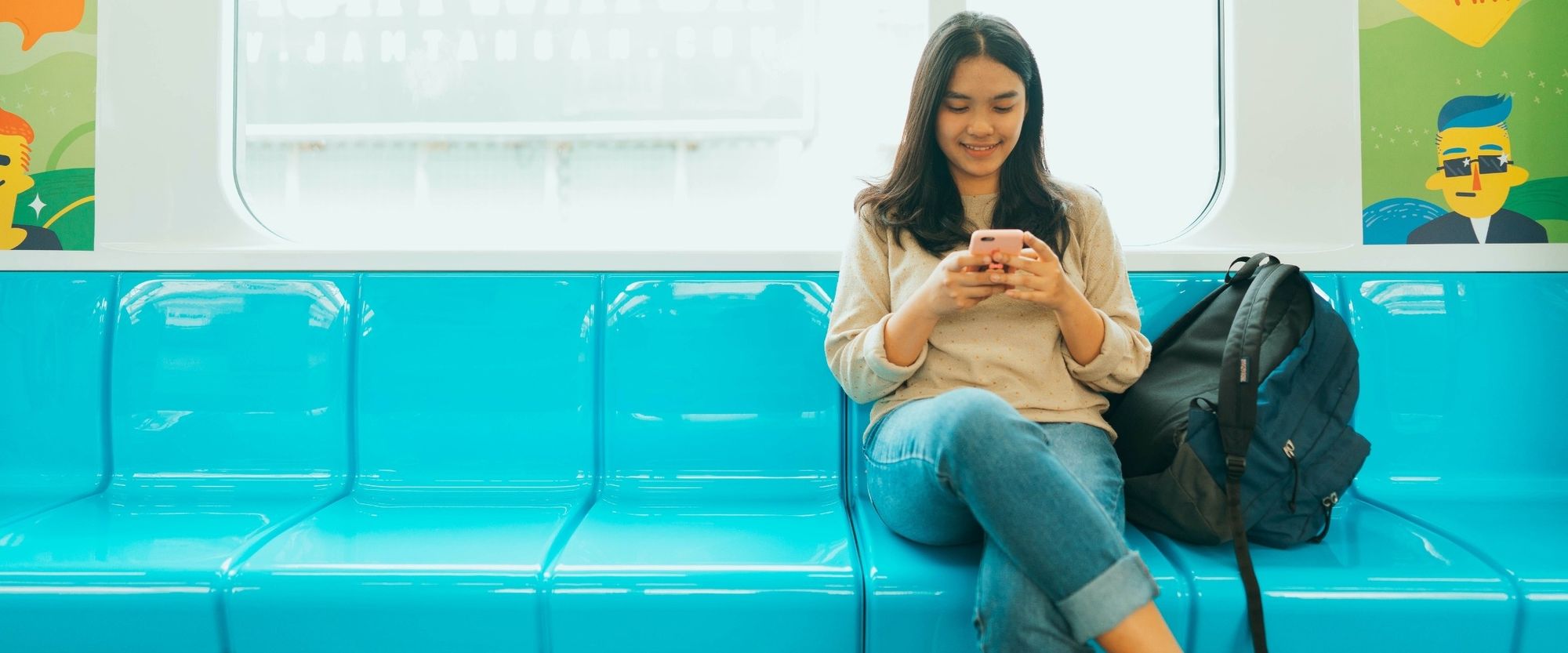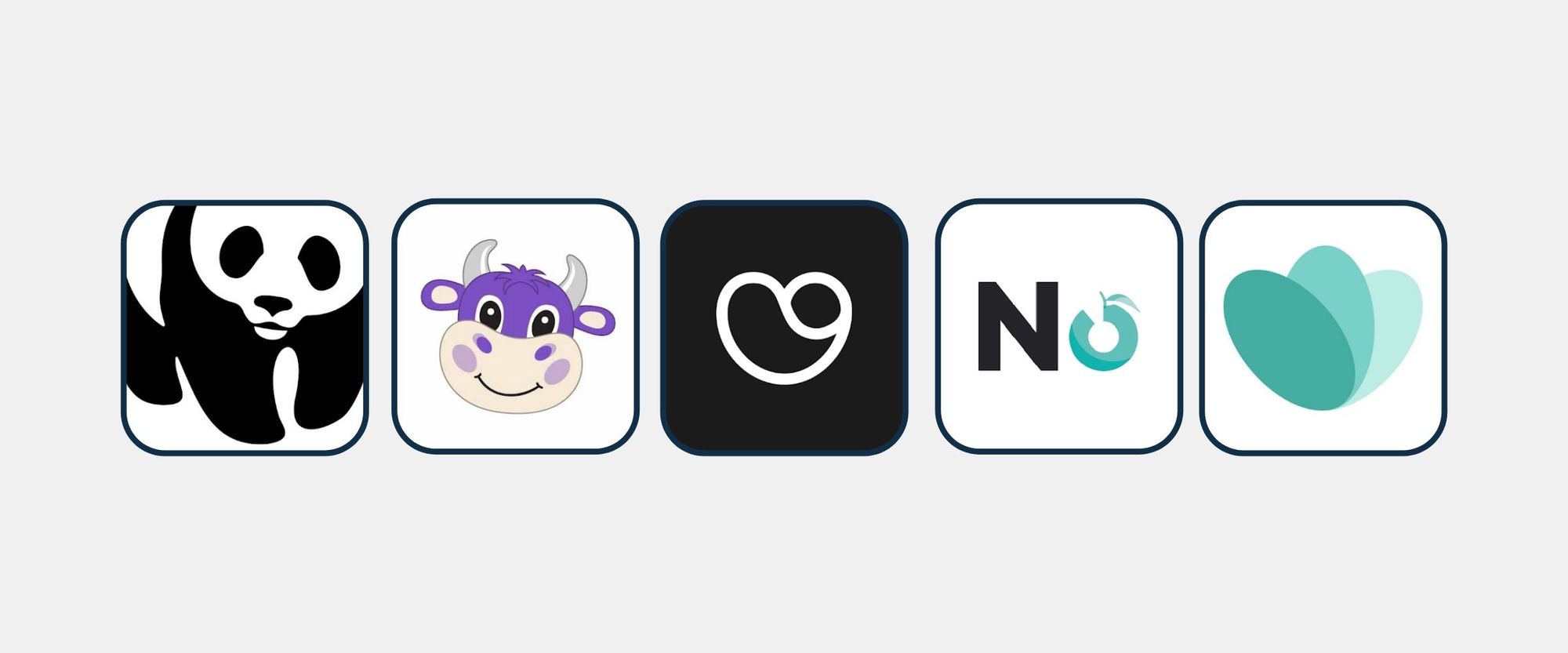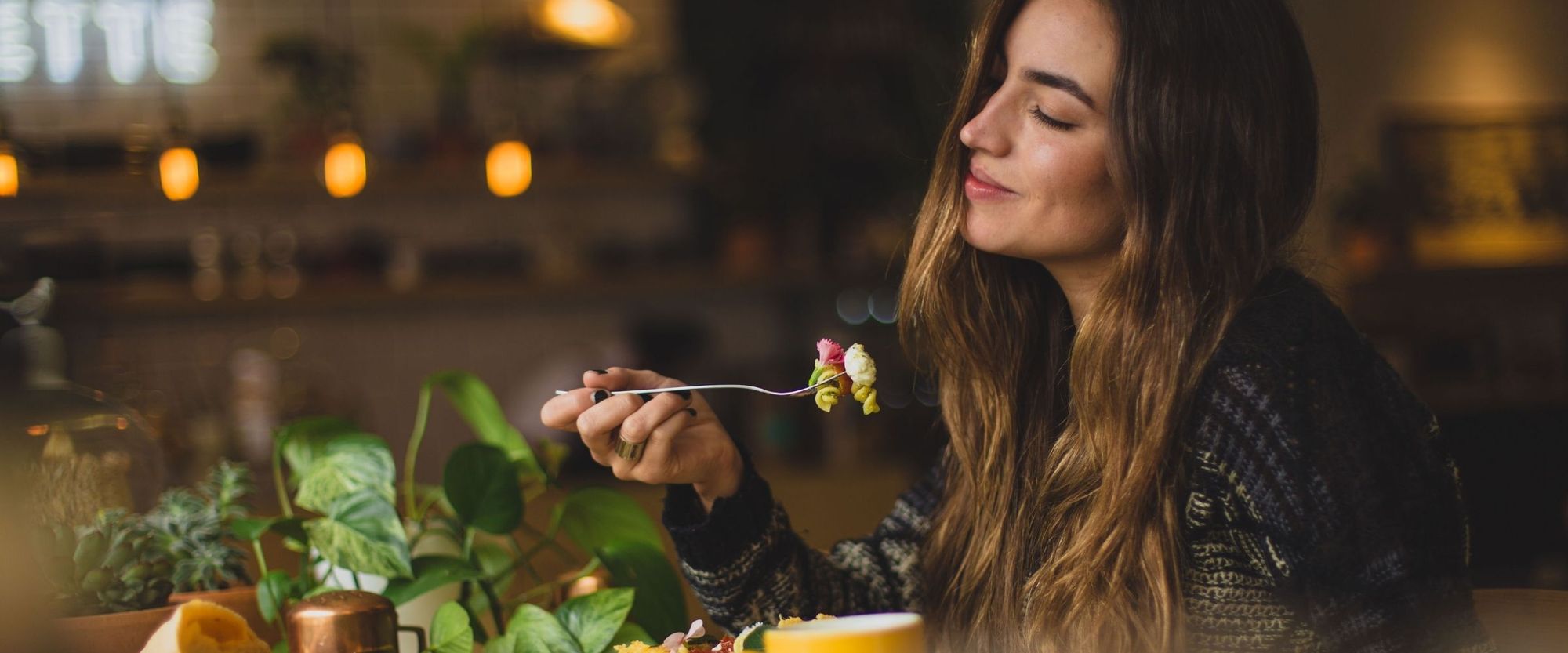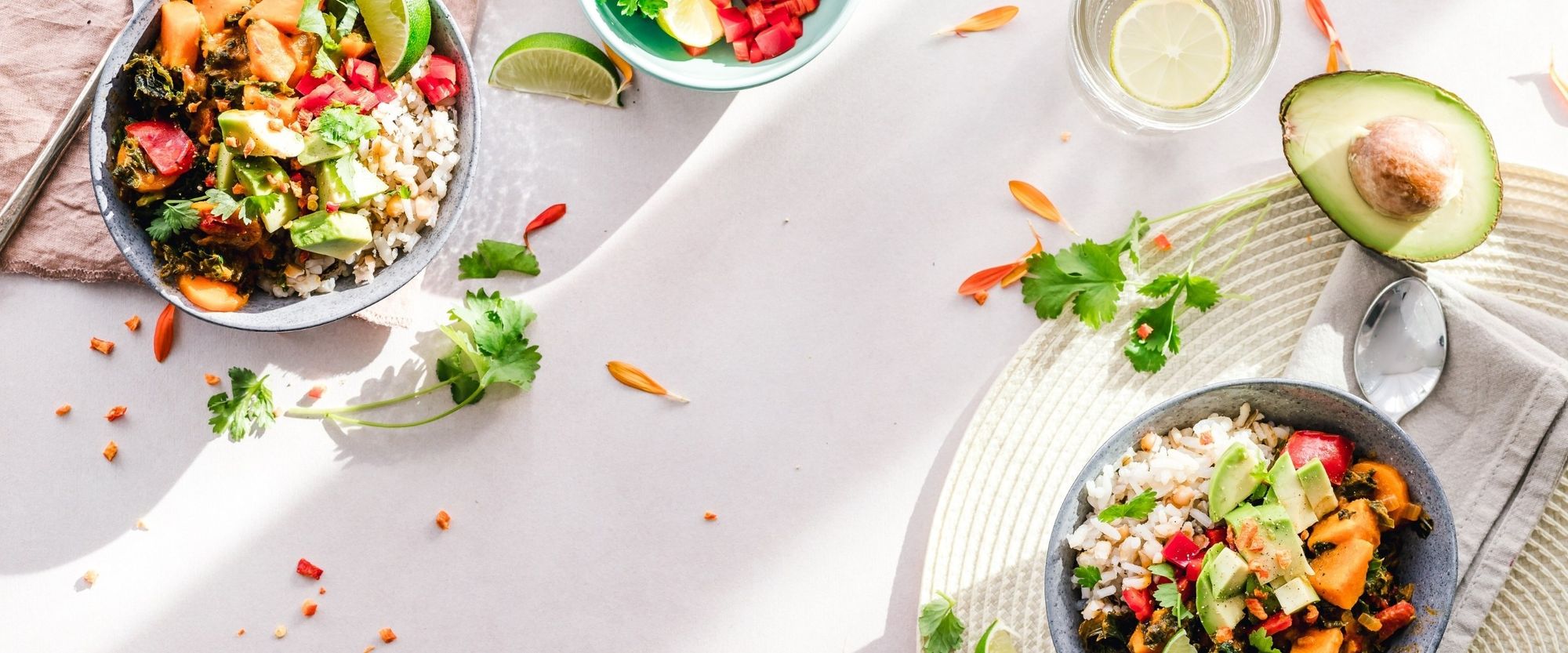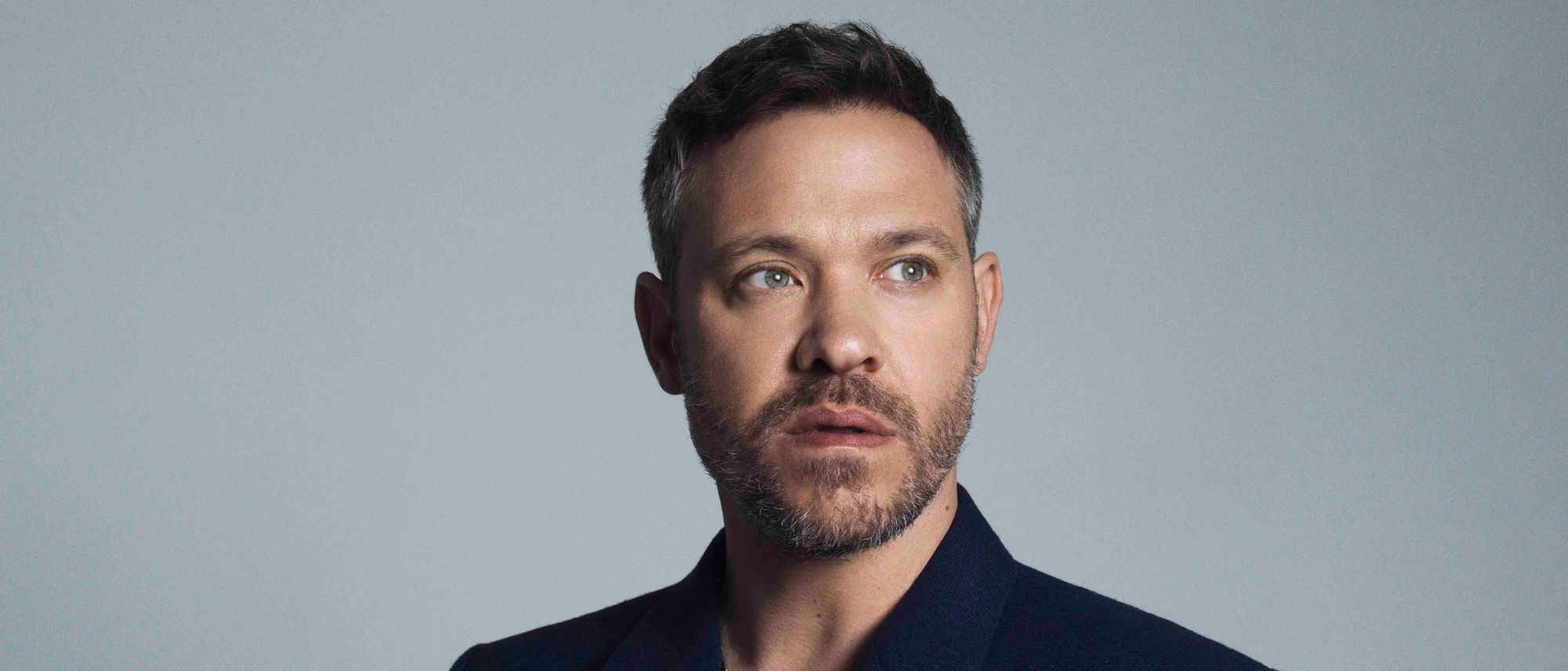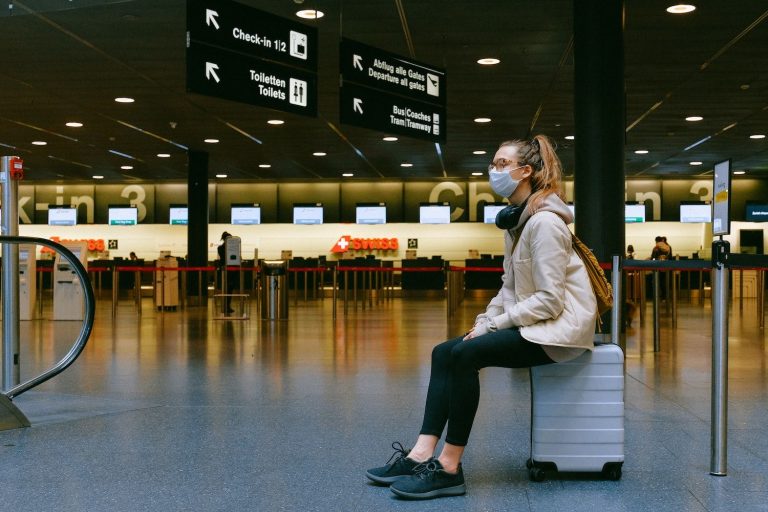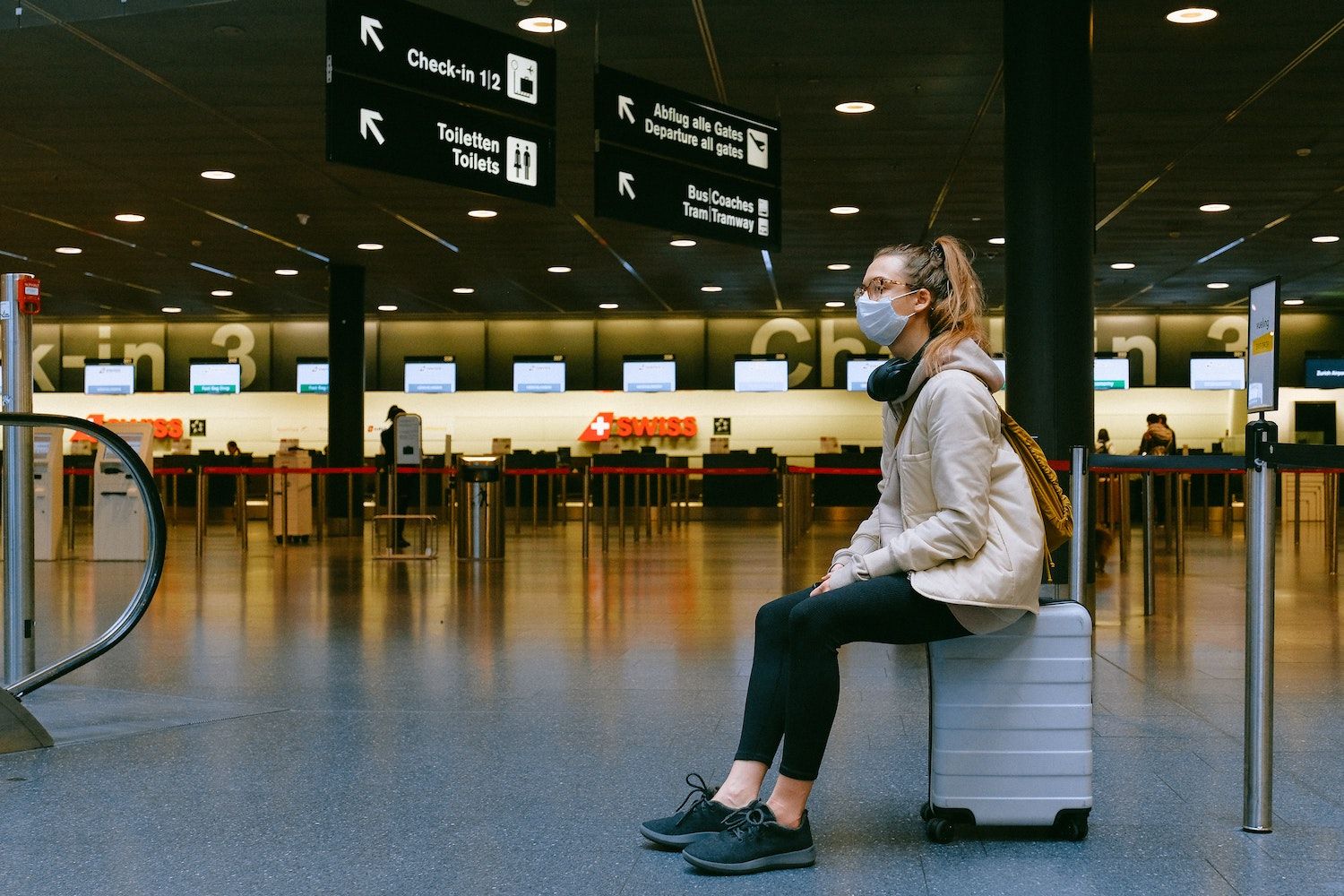You may have heard of colour therapy, or how different hues can lift your mood, but utilising this concept by finding all those colours in nature can boost their effect, giving you double helpings of happiness

Putting a bunch of fresh flowers on your desk, or wearing some brightly coloured jewellery, can be an instant mood booster, but the reason for this
goes beyond simply adding a splash of colour to your daily life. The colours themselves can have a powerful physical and psychological effect, leading us to feel calmer or more confident.
When you combine the impact of these colours with the power of Mother Nature, the effects may be even greater. So, walking through a green field could have twice the effect on your wellbeing compared with simply surrounding yourself with green cushions or blankets.
It’s time to discover, and embrace, the power of colour in the great outdoors.
How colours can help our health
“People are a lot more intuitive about colour than they realise,” says Sarupa Shah, a colour healer and business coach from thesoulagency.com. “You might find yourself wanting to wear a specific colour, or buying some new bedsheets in a different colour, but you’re not sure why.”
Sarupa explains that our craving for certain colours is similar to why we crave particular foods; our bodies and brains are sending us a message. For example, yellow is associated with mental faculties and concentration, so you might find yourself reaching for a yellow jumper if you’re studying or writing a presentation.
We instinctively seek out certain colours in nature, too. Fiona Austin is an anxiety specialist and psychotherapist who runs programmes helping us reconnect with nature. She says, “We need colours, like reds and oranges, to see if fruit is fresh and ready to pick, while blue is known to be calming. That’s why looking up at a big blue sky can help us feel more relaxed.”
Once you know what certain colours can do – and where to enjoy them in nature – you can create a colour prescription.
The big blue
Blue may be our most important colour, as we’re surrounded by it – imagine our vast open skies and wide blue oceans. “It’s a very healing colour; it soothes and calms,” says Sarupa. “Think about why doctors and nurses might wear blue scrubs. It signals to us that we’re safe.”
In fact, research shows that installing blue light in train stations can help prevent suicides (noted in a study published in 2013 in the Journal of Affective Disorders), while a study from the University of Granada, in collaboration with the School for Special Education San Rafael, in Spain, found that people who lay in a room that was bathed in blue light returned to a state of relaxation more quickly after a stressful situation that those who did not.
Fiona says, “During treatment, I might ask people to lie down and just stare up at the sky. Most of us spend all day looking down – at computer screens or our phones – but looking up at that huge blue canvas is incredibly uplifting.”
Staring at the sea can have a similar effect, and spending time at the seaside is known to boost our mental health. A 2019 study carried out across 18 countries found that those who live by the sea have better mental wellbeing, but even just visiting the coast is enough to boost your mood.
If you can’t get to the seaside soon, listening to waves while you meditate or imagining a big expanse of blue can help.
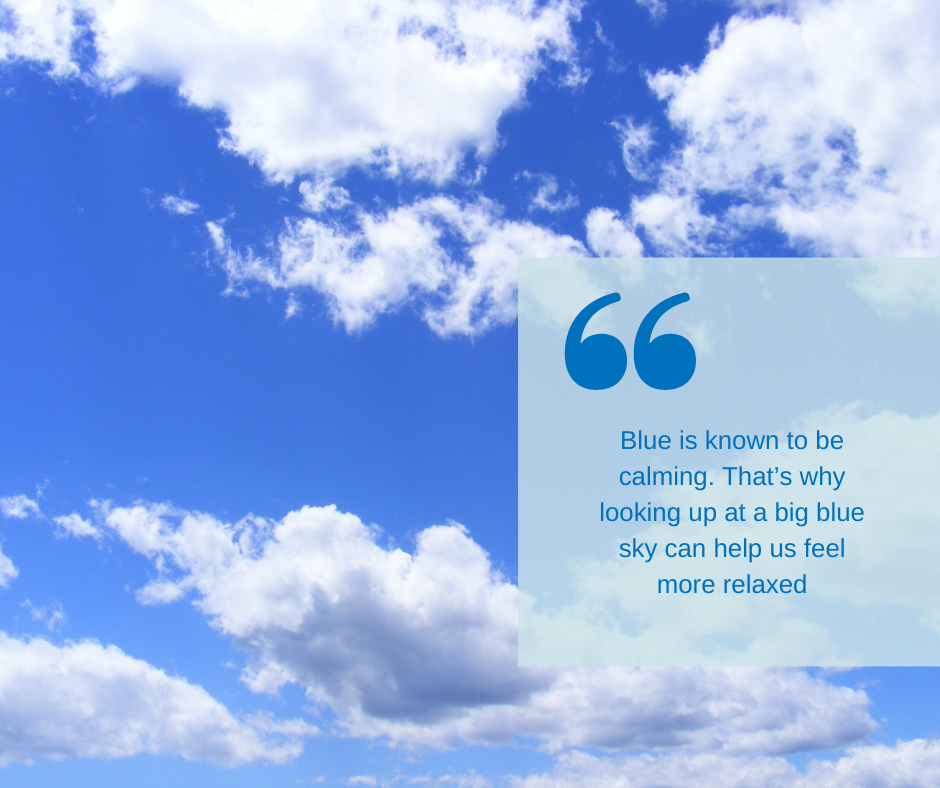
The green machine
Green is another key colour for our wellbeing, thanks to its psychological benefits. Sarupa says, “As a colour, it’s known to be relaxing. I might use it with clients to help reduce their anxiety levels before something like a job interview.”
And although green may not be your go-to colour in general, its effect in nature is undeniable. A vast and growing body of research shows that being in green spaces can lower our stress levels, reduce our risk of depression, improve our mental wellbeing, and drop our blood pressure levels, while exercising outdoors can raise our self-esteem and happiness levels far more than hitting the gym. A 2016 study even found that prisoners who took part in gardening programmes decreased their chances of reoffending by 20%.
“Coniferous trees release terpenes, chemicals that give them that ‘Christmas tree’ smell. Studies have found terpenes have anti-inflammatory and neuroprotective effects, and boost our white blood cells,” Fiona says. “We may not know the science, but we do know we feel better when we walk in the woods.”
If you can’t get outside, looking out the window at a green landscape or simply having pictures of forests on your walls is known to boost your wellbeing.
It’s all yellow
We associate yellow with warmth, sunshine, flowers and happiness, or smiling emojis at the very least. Fiona says, “Yellow is a bright and uplifting colour. It’s almost impossible to feel down on a sunny day.”
But, that said, too much of this hue can have the opposite effect. “Yellow can be overstimulating, so you might feel nauseous,” warns Sarupa.
In general, yellow gives us confidence and clarity, so pop a bunch of daffodils on your teenager’s desk if they’re revising, or use an image of a field of sunflowers as your screensaver at work. Why not get outside and into the real thing over the weekend? Even eating a banana will go some way to getting more yellow in your life.
Orange is another warm colour, linked to creativity and inspiration. “You find a lot of orange in sunrises, which also signify the beginning of something new,” says Fiona.
The light emitted by a sunrise can also trigger melanopsin, a type of cell in the retina, to kick-start our body clock into action. If you’re feeling ‘stuck’, mentally or physically, try watching a sunrise, or using a dawn-simulator alarm clock for the same effect.

From red to purple and beyond
There are many theories that surround the colour red; it means danger, sex, power, or anger. “In colour therapy, red signifies purpose and action. You could try wearing red if you need a boost,” says Sarupa.
Red is also ‘our’ colour – we’re made up of red blood, after all – and studies show our brains react to red in certain ways. Seeing red (literally in this case) makes us react more quickly and more forcefully, and it also makes us more competitive. But it makes us more susceptible – research reveals waitresses who wear red make more money from male customers. To harness the power of red in nature, treat yourself to a bunch of red roses, enjoy a bowl of red berries for breakfast, or take a walk in a colourful autumn forest.
Further down the spectrum lie the purple colours. Sarupa says, “These are good for meditation, and are linked with spirituality, particularly with endings.”
Purples are also found in sunsets, which is why watching one can feel so powerful. “They still captivate us, even after millions of years,” says Fiona. Add an outside meditation session or gentle yoga to the end of your day to double the effects of the cooler colours on your health.
There are so many benefits to be found in the bouquet of colours outside, yet the truth is we still don’t know all the links between colour and our wellbeing. Humans couldn’t see violet for thousands of years, so what other colours may be hiding at the end of the rainbow? The future looks bright, or even ultraviolet, for our health.
Visit counselling-directory.org.uk to discover more ways to boost wellbeing.
